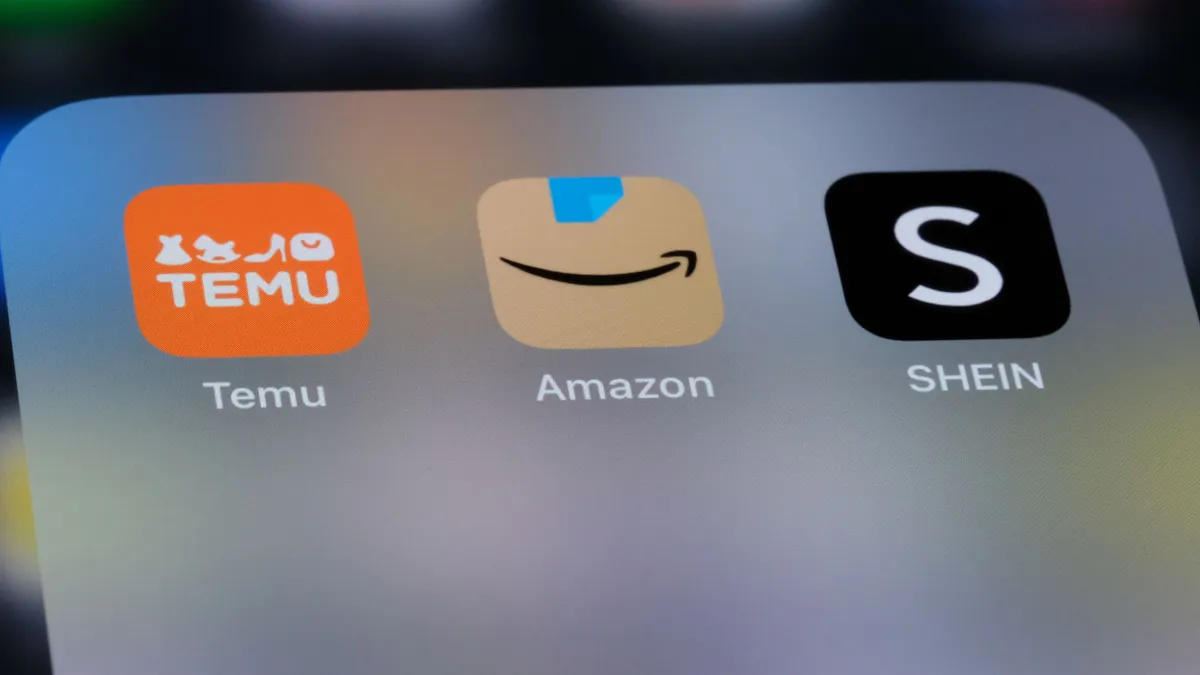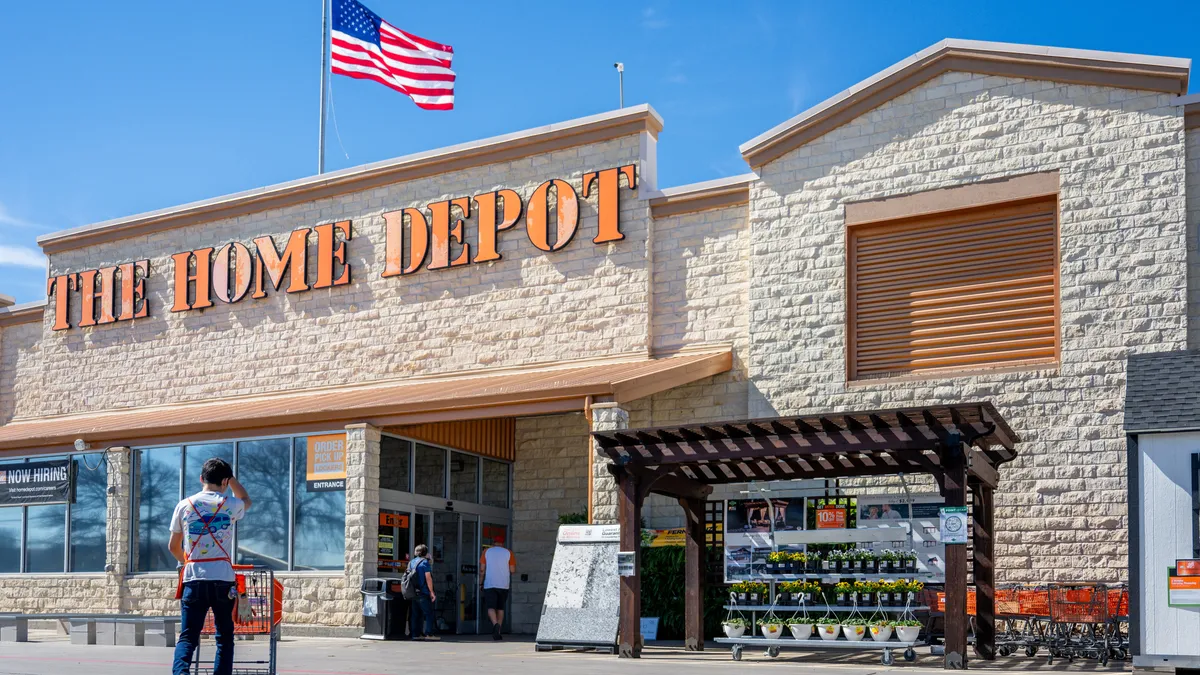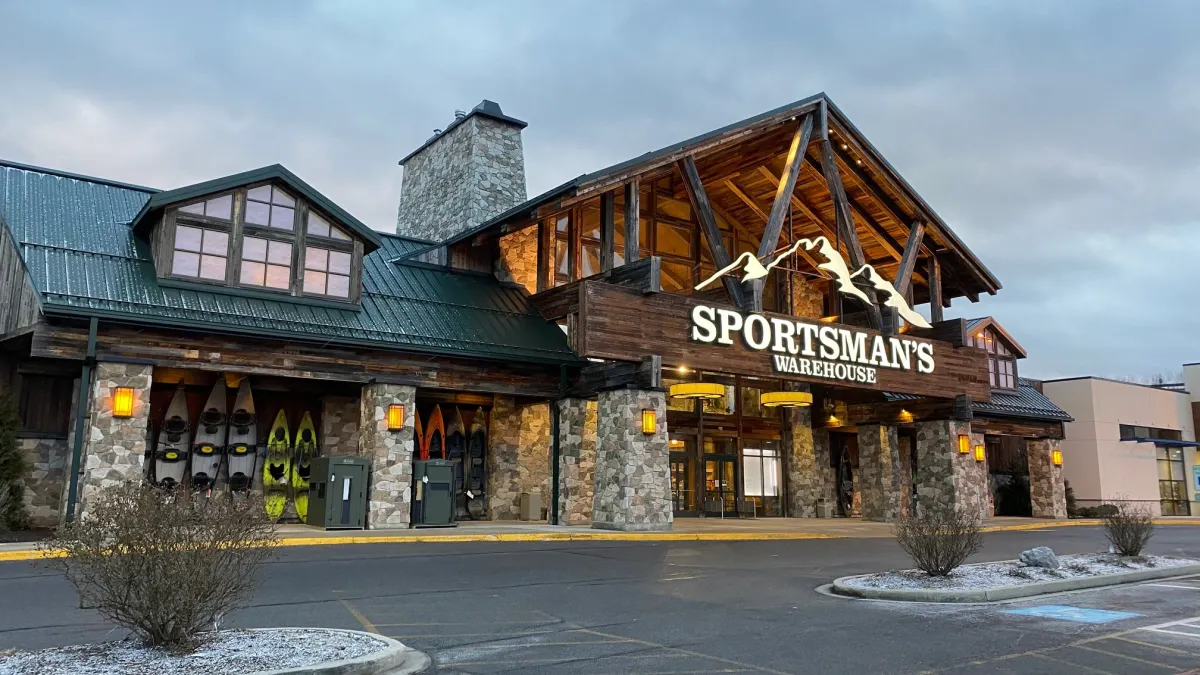In order to chase growth, Stitch Fix recently decided to downplay its apparel-box service in favor of a traditional e-commerce model, branding the option as "Freestyle." Although the switch de-emphasizes its original retail disruption — employing human stylists plus tech to curate boxes of items shipped to customers — the company sees it as the best path forward.
Some analysts see it that way too. Wedbush earlier this month said it "makes sense," noting that subscription-customer churn has been high, and those analysts actually welcomed the fact that Stitch Fix is ditching its differentiation. "It's become clear over the years that the traditional 'Fix' business is a niche offering that was restricting the company's total addressable market (TAM) and was a drain on profitability (since it became increasingly expensive to attract and retain customers to this niche shopping channel)," a Wedbush team led by Tom Nikic said in emailed comments. "While some investors disparage Freestyle as the company 'admitting their core business is broken' – we don't necessarily think that's a bad thing."
William Blair analysts are also among those who agree the option has potential, and say it could be good timing. "We believe there is significant opportunity for growth in Freestyle, particularly in the upcoming holiday season when the company will be subject to the gift-related demand surge for the first time," the William Blair team led by Ralph Schackart wrote in a Sept. 22 client note.
But by weakening customers' relationships with stylists, the apparel site could also compound an already worsening headache.
E-commerce's big problem: customer acquisition
As an apparel e-retailer, Stitch Fix's Freestyle won't likely escape a problem that bedevils most if not all online pure-players — hefty customer acquisition costs.
Especially in recent years, as competition online has escalated, e-retailers including Wayfair, Chewy, Casper and others have had to ramp up their marketing. Even before its introduction of direct sales this year, Stitch Fix hasn't been immune.
In its early years after Stitch Fix was founded a decade ago, strong word-of-mouth kept these costs low, according to Wedbush analysts. In its fifth year, for example, the company doubled its revenue and nearly doubled its customer count with just $25 million in advertising, or 3% of sales, per Wedbush. But that has deteriorated: Advertising expenses rose from $31 per net new customer in fiscal 2016 to nearly $350 pre-COVID, and, in the 12 months before the pandemic, advertising expenses reached 10% of sales, Wedbush found.
In its most recent quarter, the company said that advertising costs were 6% of net revenue, a sequential decrease of 340 basis points from its third quarter and down 420 basis points year over year. But that was in large part because it scaled back on advertising during the period, in anticipation of the incoming marketing push for Freestyle, executives also said in September on their Q4 earnings call.
That campagin will be broad-based, encompassing "existing acquisition-based advertising channels as well as new advertising channels such as SEO, SEM and brand-based marketing specific to Freestyle," Chief Financial Officer Dan Jedda told analysts during the call. Some money is being spent in the form of credit offered to lure customers to try Freestyle, BMO Capital Markets analysts led by Simeon Siegel also noted this week.
The solution: stores?
Stores, despite being expensive and complicated to run, are proving to be powerful and cost-effective customer acquisition tools even as e-commerce continues to grow.
"It seems to truly scale, and to do so profitably, stores remain an asset, rather than the liability they have been made out to be," BMO's Siegel said by email.
Physical locations "provide both an experiential gateway into the brand and a powerful tool for storytelling and customer acquisition," Doug Stephens, author of "Resurrecting Retail: The Future of Business in a Post-Pandemic World," said by email. "What our research points to is that almost all brands stand to benefit from the strategic use of physical stores. Stitch Fix would be no exception."
Stores don't just add sales, but also "can catalyze significant gains in online sales," he said, noting that digital sales at Nike among customers who had visited a store were 30% higher than among its online-only customers.
"Physical stores are increasingly being recognized as a powerful, manageable and most importantly, measurable means of galvanizing relationships with new customers."

Doug Stephens
Author of "Resurrecting Retail: The Future of Business in a Post-Pandemic World"
In the past, Stitch Fix has been adamant about rejecting stores. Early last year, speaking at the National Retail Federation's Big Show, previous Chief Operating Officer Mike Smith said that, after testing pop-ups, the retailer concluded that stores are "super interesting, but not for us," in part because its customers' ability to try their stylist-chosen merchandise at home was "better than the in-store experience."
In April this year, a company spokesperson sought to walk that back somewhat, saying in an email that the company hasn't explicitly ruled out stores, only that they're "not on the road map at present." Still, the spokesperson in the same message also touted the personal relationships between stylists and clients as superior to those between in-store assistants and shoppers.
That valuable connection was undermined over the summer, as many stylists jumped ship after the company tightened up its work rules, ahead of tweaking its business model to favor its algorithm and expand direct selling.
Stores would be another way to initiate the conversation even as customers shop Stitch Fix on their own. And the pandemic has meant that leases are easier to come by, according to Stephens.
"Physical stores are increasingly being recognized as a powerful, manageable and most importantly, measurable means of galvanizing relationships with new customers," he said. "Long seen as the end of the marketing funnel, the store of the future is now the beginning of the funnel and possibly the most powerful media channel a brand can deploy. And with prime retail real estate in places like New York City hitting their lowest values since 2014, it's a channel that's now available at bargain basement prices."





















